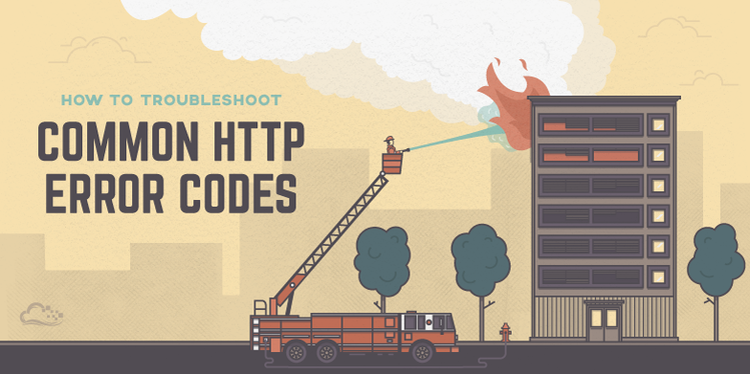While surfing online or trying to access a website, you might have experienced different types of HTTP error codes. HTTP status codes are three-digit codes and are indicative of the type of error you might be experiencing. For example, you might have experienced errors such as 404 not found, 403 forbidden, 505 gateway time out, and so on so forth. You can find solution to these errors here at errorcodeshero.com.
These error codes indicate that due to specific reasons you cannot access these pages for now. The errors can be of different types. For example, codes beginning with 4XX indicate that error is on your side., whereas codes starting from 5XX indicate that the problem is on the server-side.
To know more about these errors and why do you face them, you are requested to read this article till the end. Here we will discuss some of the most common experienced errors with their reasons. So, let’s get started.
1. 404 Not Found
This is amongst the most experienced errors. When you experience this error, it means that the requested resource is no longer available. It indicates that the user can communicate with the server but is unable to locate the resource or the requested file.
- Error 404 might occur due to specific reasons. If you face this error make sure that
- You haven’t made any typo error
- No extra letter has been added in the URL
- You are not trying to access an old internet page
You are accessing the most recent version of the website because the old content is often moved to different addresses to keep it updated
2. 403 Forbidden
403 forbidden error means that the user has made a valid request, but the server is refusing to proceed with that request. The reason for this error to occur is that the website owner does not allow visitors to browse the website or the user does not have the permission to view the content.
The solution to this problem is somewhat in your hands. To gain permission to view that website you must speak with the website owner who will grant you the access to that website.
3. 500 Internal Server Error
This error is also referred to as “catch-all” code error. This error results because of an unexpected fault which prevents the server from connecting you to your desired web page. For example, you may experience this error code if a website is receiving too much traffic and is, therefore, facing difficulties in granting access to you.
Although 500 internal server error is not from your side, however, there are a few ways to resolve this issue. Firstly, reload the page. During instances of high traffic, reloading can help the server fulfil your request. Another trick you can try is clearing your browser’s cache and cookies. (You can do this through internet’s settings tab)
4. 503 Service Unavailable
This error can be a temporary issue. This error means that the webserver is unavailable temporarily because of an overload of traffic or maybe due to scheduled maintenance. The error indicates that the service would become available at some later point.
There is no discussable solution to this problem. All you can do is keep on reloading the page or try again after some time, and you will find that the issue has been resolved.
5. 504 Gateway Timeout
504 gateway timeout error is a server-to-server communication problem. This problem occurs when there you attempt to access a website, and there is an additional background server which is supposed to send data to the server that you are connected to. So, in this case, what happens is that the server does not receive this data promptly and issue a 504-error code.
As this error is a network issue, only those with network infrastructure issue can resolve it. The only thing that you can do at your end is, keep on reloading the page after every few minutes. This might resolve the issue.
Conclusion
We hope this article helped you in getting familiarized with common HTTP error codes, and also helped you in finding common solutions to these problems. We hope now you will have a better experience with troubleshooting issues with your web servers or applications.
If you are still experiencing any problems, then feel free to share with us in the comments section below.



Be the first to comment on "Common Http Error Codes"